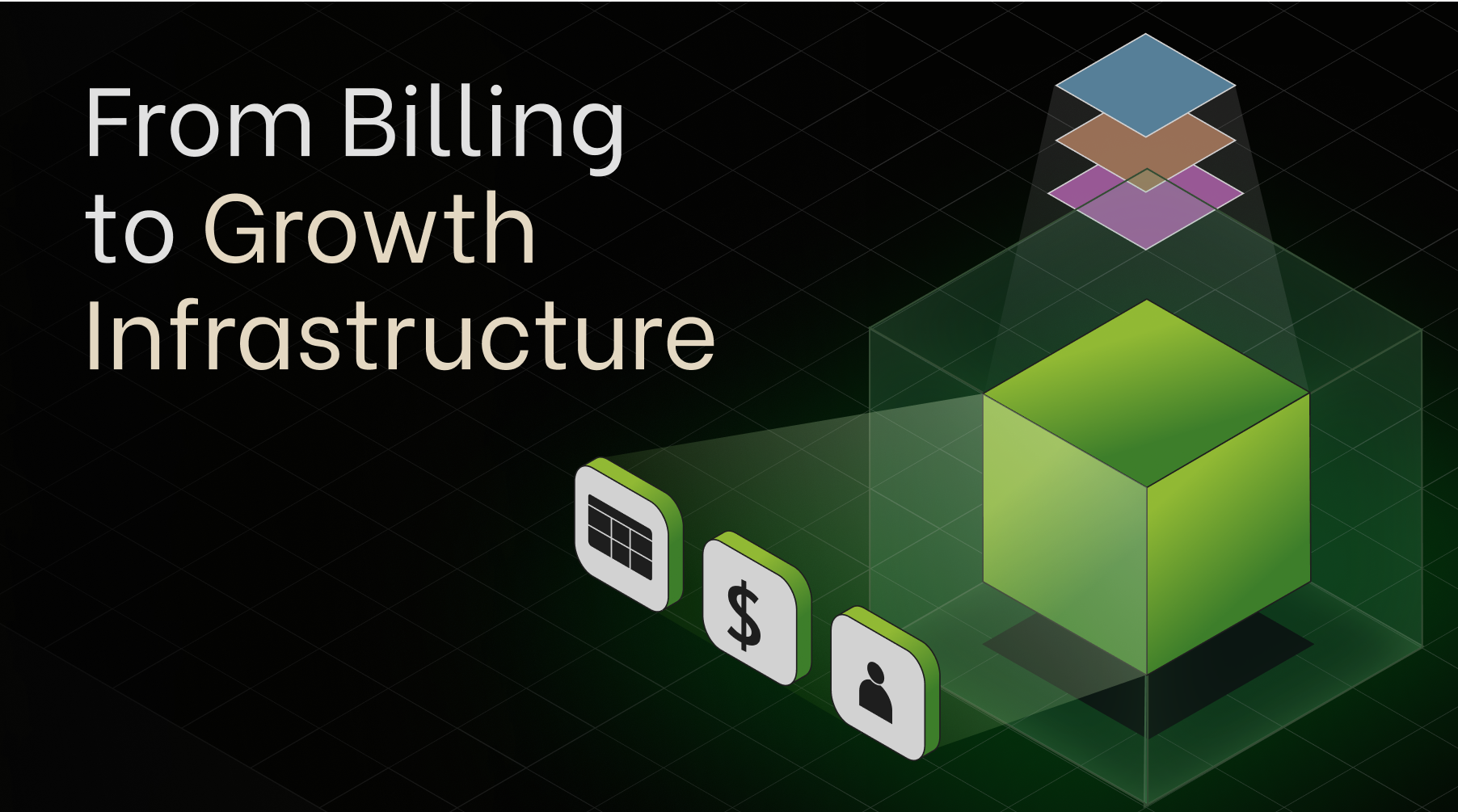Last week at Stripe Tour New York, I had the chance to share some ideas that have been sitting at the center of nearly every conversation I’ve had with AI founders and product leaders this year. The theater session was packed, and the energy in the room made it clear that we’re all wrestling with the same question.
We’ve built these incredibly powerful AI features. But now what?
How do you actually price them?
How do you make sure your infrastructure can keep up as your product, and your market, evolve week by week?
There’s no universal playbook. And maybe that’s the point.
The companies that seem to be pulling ahead aren’t necessarily the ones that guessed the perfect pricing model. They’re the ones who built the ability to change quickly.

Build to Iterate
Most monetization systems were designed for a world that no longer exists. The SaaS world of seats, licenses, and fixed tiers. Once you set pricing, you moved on. But AI doesn’t stand still, and neither can pricing.
What I’ve learned from watching the fastest-moving teams is this: build for iteration, not perfection.
That starts by unbundling: separating constraints so you can move independently. No brittle monoliths, no endless billing refactors, no waiting for the next roadmap cycle just to test a new idea.
Pricing models will keep evolving: subscriptions, usage, outcomes, hybrids, credits, … It’s an ongoing experiment. Salesforce alone changed its pricing four times last year. The goal isn’t to lock into one model forever. It’s to build infrastructure that lets you try anything, anytime.
Why This Matters for AI
AI adds volatility to every layer of the stack. Costs shift daily. Customer expectations change just as fast. Margins, adoption, and profitability are all moving targets.
Yet most monetization stacks are frozen in time, built for an era when pricing changed once a year. Today, that rigidity isn’t just inconvenient. It’s a blocker.
To compete, you need infrastructure that bends without breaking. Systems that let you safely adapt when new models, products, or customer segments emerge, while keeping everything (billing, CRM, CPQ, data warehouse, marketplace) perfectly in sync.
That’s the foundation modern AI products need.
And it’s why we built Stigg.
Introducing Stigg’s Credit Suite
At Stigg, our mission has always been to help teams unbundle their monetization, to move as fast as their products do. We’ve built developer-first, API-driven infrastructure that works with any billing provider and doesn’t require migrations or rewrites.
Now, we’re taking that a step further with the launch of Stigg’s enterprise-grade Credit Suite, built specifically for AI products.
The Credit Suite makes it easy to launch and manage credits, enforce usage in real time, and give customers transparency and control, all on top of your existing billing system. No downtime, no refactor. Just the speed and flexibility you need to experiment and scale safely.
See It in Action
If you’re curious to see what this looks like in practice, you can explore the Credit Suite at stigg.io/credits.
You can even try Stigg yourself and see how quickly you can launch a credit-based model, or book a demo with our team to go deeper.
AI is redefining what software is worth, and it’s happening fast.
The teams that win will be the ones that can adapt their monetization just as quickly.
The old way of pricing is over.
The future is flexible, experimental, and unbundled.
And we’re just getting started.
Dor Sasson
Founder & CEO, Stigg




